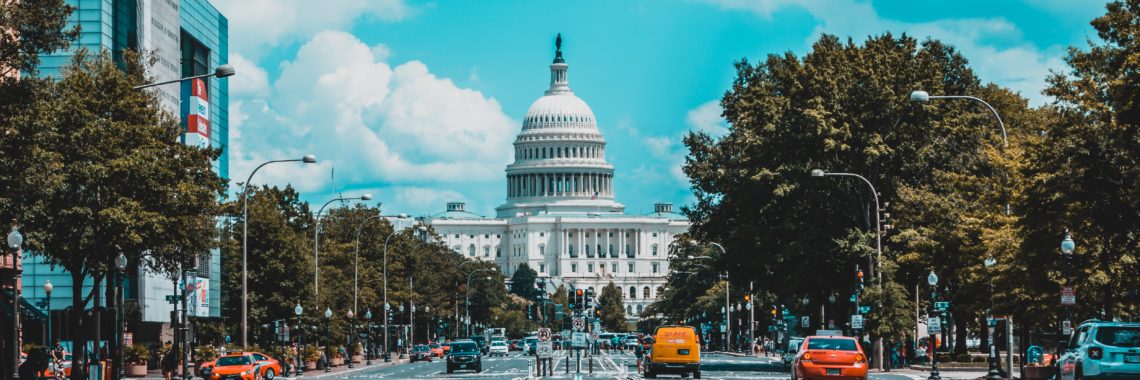“Law Without Gospel: Social Identity Pietism and the First Amendment Balance, Part Two” by Laura Ford
Photo by Mikael Kristenson on Unsplash. This is Part II of Laura Ford’s essay on Social Identity Pietism and the First Amendment Balance. The First Amendment Balance & Social Peace In a careful historical study of American cultural and jurisprudential developments relating to First Amendment religious freedom, Philip Hamburger has persuasively argued that the U.S.…











